I am interested in how all these new cameras render images and have decided to use the D700 as a "reference" for comparison. One of the most obvious areas is to look at is how each camera deals with exposure, both in terms of "accuracy" as well as how the various "smart" exposure capabilities deal with real world images. In general, I have been very happy with the way the D700 exposes, across a wide range of image types and lighting. So it will be interesting to compare this with the other cameras. In order to keep things simple, I have focussed most of my efforts on comparing the D700 with the 5DMKIII. The first tests were to look at a variety of images and lighting conditions to see how each camera performed. I did this by taking pictures, indoors and outdoors, sun and shade, with each camera in quick succession. In general, the exposures were quite close, with a few exceptions which you will see, as was white balance, also with a few exceptions. The second test was to look at the exposure accuracy spot-metered off a gray card under various lighting conditions. here I also included examples from the SONY NEX-7 and the Nikon V1. I was surprised at the variation across cameras on what should be a simple, predicatble test of exposure accuracy.
First examples are where the exposures were the same for both the D700 and the 5DMKIII.
Each camera was set to Aperture Priority, Evaluative Metering (CANON), / 3D Color Matrix (NIKON), AWB
Canon 5DMKIII. ISO 200, 1/250, f/8. WB 5450/+12
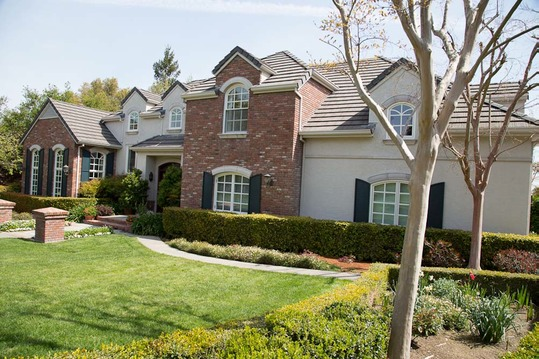
Nikon D700. ISO 200, 1/250, f/8. WB 4600/-5

Notice that the white balance is different. Since this is bright sunlight, I think the CANON is closer to the correct WB
CANON 5DMKIII ISO 200, 1/640, f/8. WB 4850/+13

NIKON D700 ISO 200, 1/640, f/8. WB 4500/-6

CANON 5DMKIII ISO 1600, 1/80, f/4 WB 4900/+35

NIKON D700 ISO 1600, 1/80, f/4 WB 4600/+12
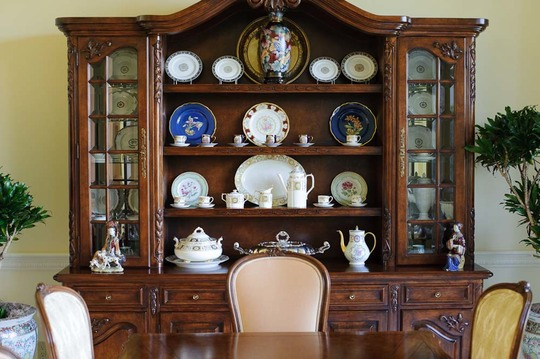
CANON 5D MKIII ISO 1600, 1/25, f/4 WB 4400/+3
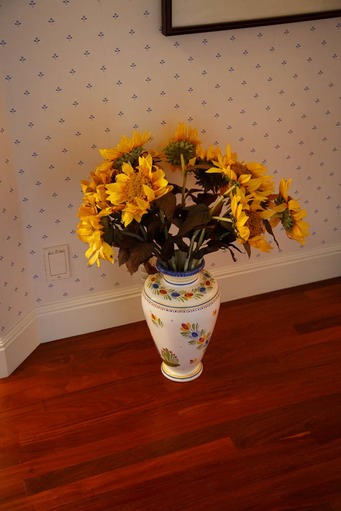
Nikon D700 ISO 1600, 1/25, f/4 WB 3350/-15
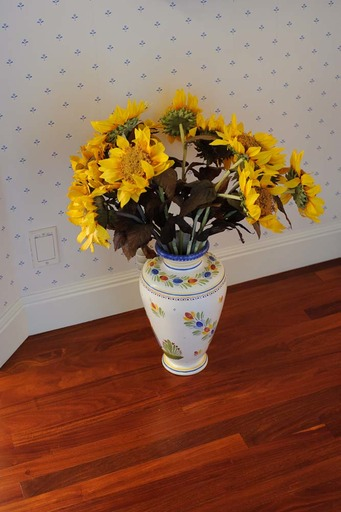
Notice the more dramatic difference in AWB for these two images.
There were numerous images which had exposure differneces between the 5D and the D700, generally +-1/2EV. These are not worth showing here. On the other hand there were a few images which were very different between the D700 and 5D (+-1 stop). Here are some examples.
CANON 5DMKIII ISO 200, 1/125, f/8 WB 5200/+8


NIKON D700 ISO 200, 1/80, f/8 WB 5050/-6


CANON 5DMKIII ISO 200, 1/500, f/4 WB 4800/+16


NIKON D700 ISO 200,1/250, f/4 WB 4650/-1
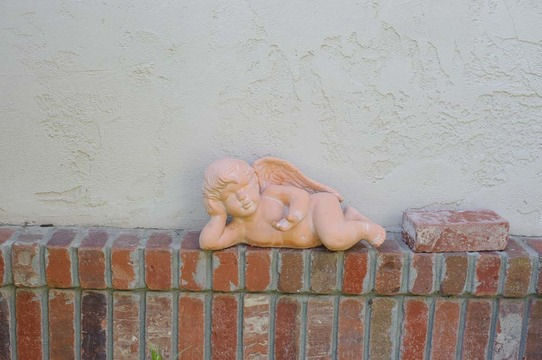

On the surface, it looks like the Canon is under-exposing by 1-stop wrt to the D700. Why?
I should probably look at this in more detail. However, I compared the 5D with the NEX-7 with this subject and they both exposed the same. So it looks like the D700 is doing something "special" to boost up the exposure in situations where the subject is in the shade. I am speculating that the D700 has a more sophisticated exposure algorithm that biases lower contrast images towards the right in order to maximize DR. On the other hand, the 5DMKIII (and, possibly, the SONY) go for an overall 18% gray level. I have read posts on DPreview which discuss this issue. In general, the conclusion this is an artifact of the (CANON) evaluative metering algorithm, not exposure in-accuracy. Thus I should check and remember to dial-in +1-stop in these shaded, low contrast, situations